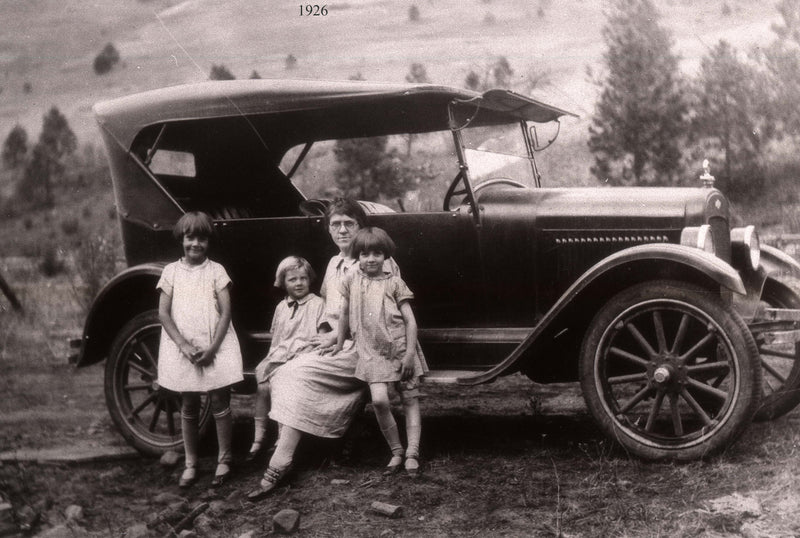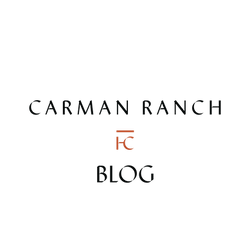Regional Food Systems and the Pandemic

This week I was interviewed by Melanie Saltzman for her PBS series, The Future of Food. Having spent countless hours with people involved in all aspects of the food world, Melanie is well-versed in the language of food systems, even regenerative agriculture. She is intrigued by the degree to which systems we once assumed were efficient are actually fragile, and that local systems, often considered inefficient, have proven to be resilient. She cited experts who believe the pandemic has moved the local and regional food movement ahead by a decade. She’s talked to farmers, reliant on commodity buyers, who are struggling, and to farmers who sell directly to their consumers, whose businesses are booming.
Melanie was clear that she believes there are two pressing issues when it comes to the regional food movement: affordability and durability. She referenced a colleague who scoffed at the idea that, when this crisis is over, people will continue to pay a premium for regionally-produced food; he considers it an elitist movement. Even for eaters who are just beginning to realize the value and quality that come from supporting regional suppliers, he questions how long they can continue to support these producers in a global recession.
For me, one of the brightest lights to come out of this disaster is a widespread recognition that, as long as we’re measuring the value of food in strictly financial terms, we’re disregarding some of its most critical attributes. By prioritizing affordability and convenience, we’ve sacrificed nutrition, flavor, soil health and rural communities. Ballooning healthcare costs and levels of chronic disease are just two of the costs to our country of “affordable" food.
After my conversation with Melanie, I caught up with Spencer Bebee, a well-known conservationist and founder of Ecotrust. He cautioned that what we’re dealing with in this pandemic is just a warm-up for what global warming will bring in the years ahead. With that perspective in mind, we can begin to think about our priorities differently. We need clean, nutrient-dense food to fight off new viruses, to nourish and support our families and communities, and to maintain rural places. We need efficient supply chains, but they are irrelevant if they aren’t also resilient.
Envisioning a food future that starts from the status quo stifles our imaginations. If my great-grandmother had been asked to imagine a future in which 97% of the country’s cattle were fed a diet of corn and soy, she would have asked how and why it would ever make sense to grow and transport crops dedicated to feeding cattle when they could walk out and eat grass. Yet here we are, 80 years and billions of dollars into making feedlots efficient.
At this point in time, we have a unique collective insight into the chinks in the armor of the industrial system. This awareness invites us to step back and reexamine what’s possible, and what we want to imagine for our grandchildren. Could investing in regenerative agriculture be as “affordable” as today’s cheap food? What if it came close and we were able to sequester carbon and improve nutrition too? Where could we go, knowing what we know today, if we sat down together with a clean slate? What would we create? What would we value?
Wallowa County was among the first rural counties to open this past week, and we’ve been watching a steady stream the out-of-state license plates drive into our valley. It reminds me of all my college friends who called me crazy for moving back to the ranch. Other Stanford graduates openly challenged my decision to make so little money. I’ve always known that a great salary could never replace the joy I get from these snow-capped mountains and being with animals every day. As others join us here, I’m excited for them to experience this incredible place, and be reminded that so much of what matters will never be captured in financial terms.
Cory Carman


Translation missing: en.blogs.comments.with_count